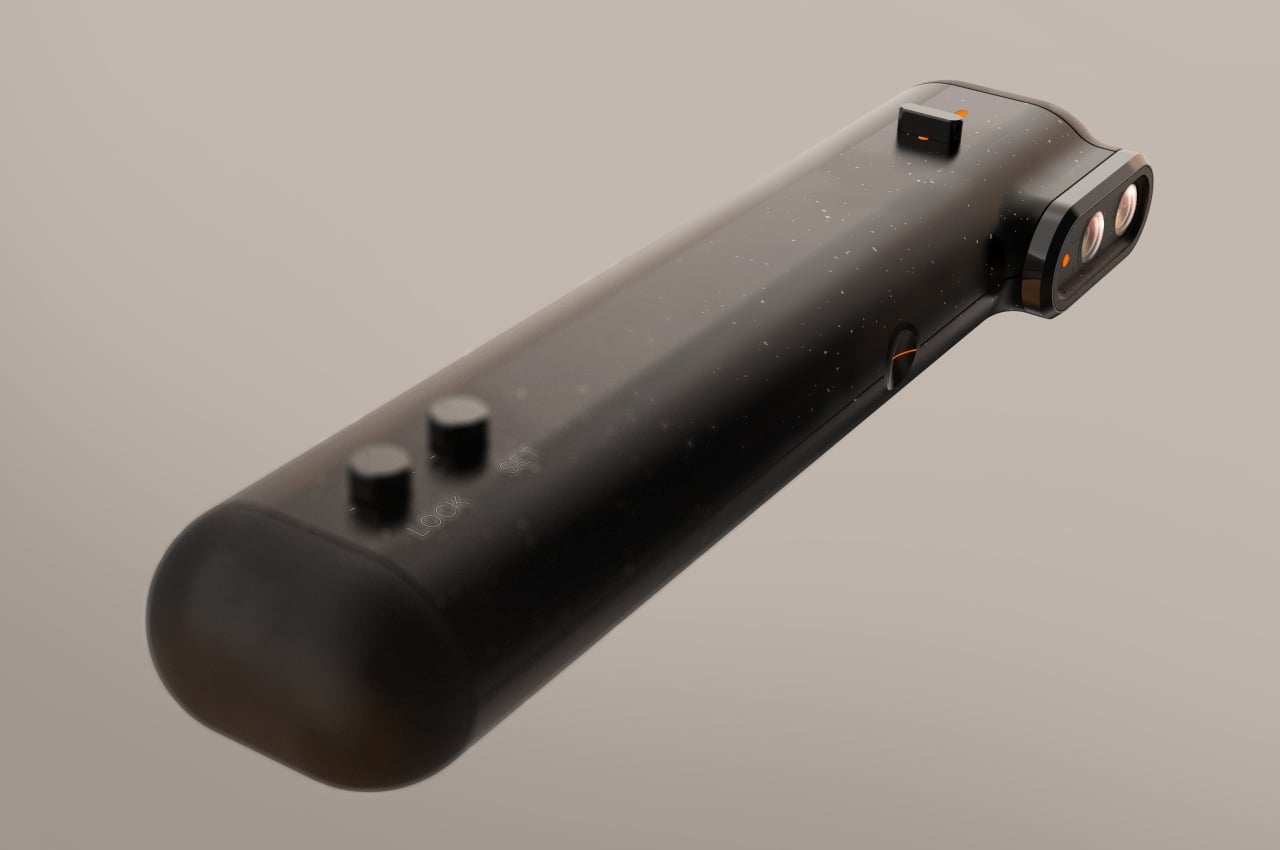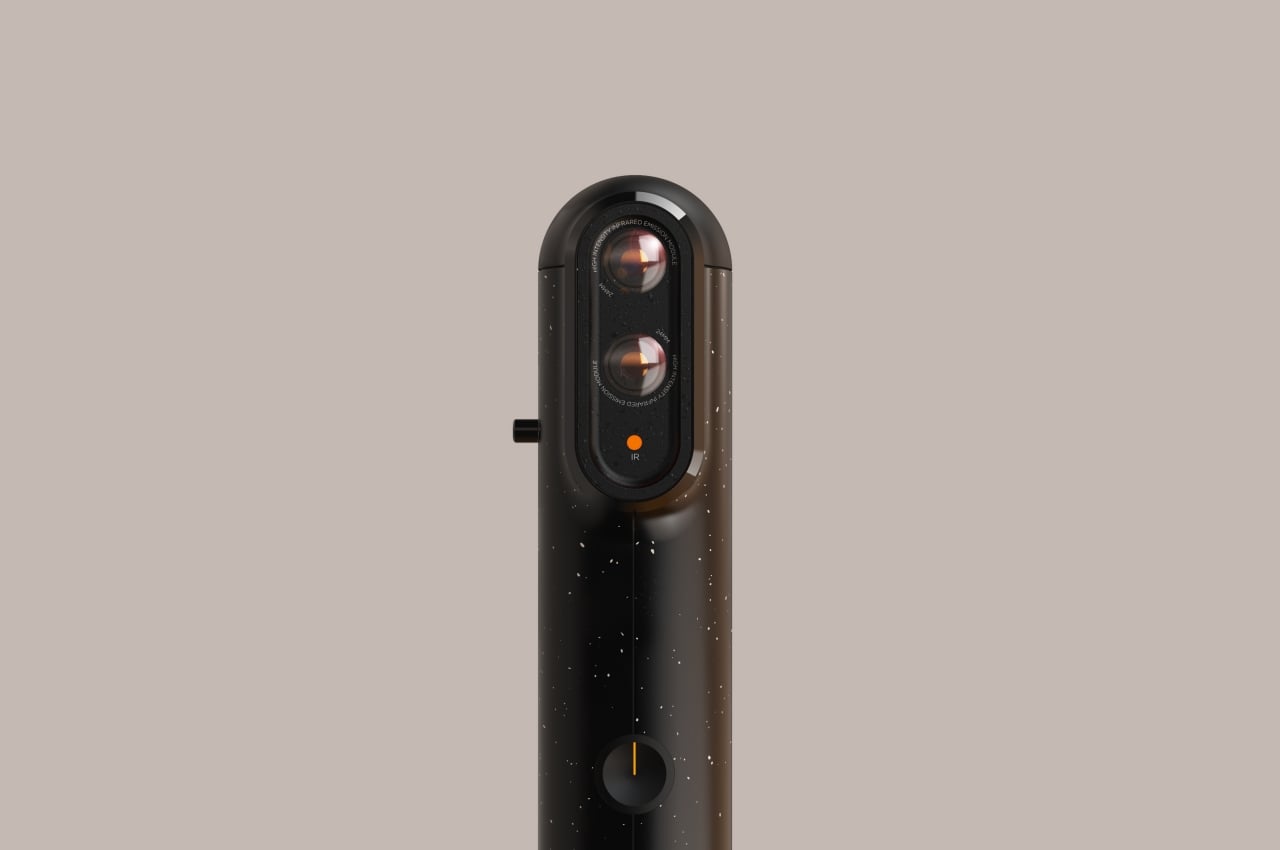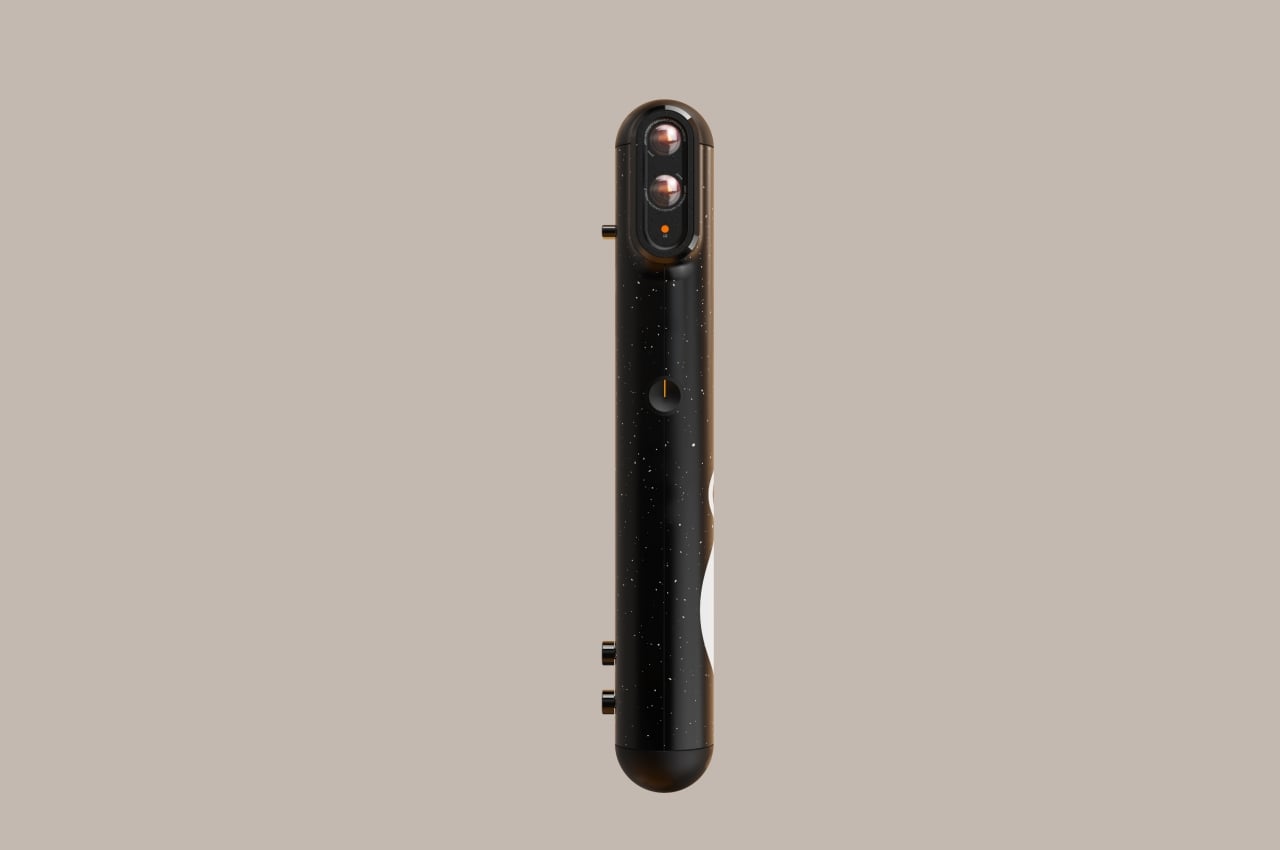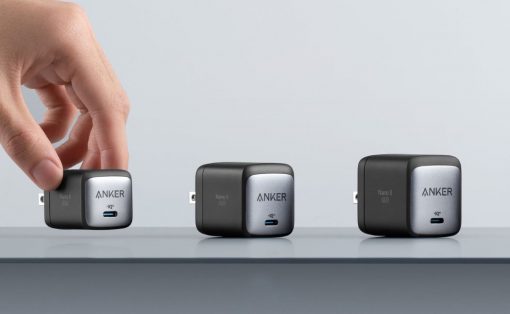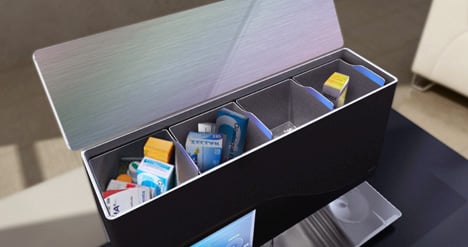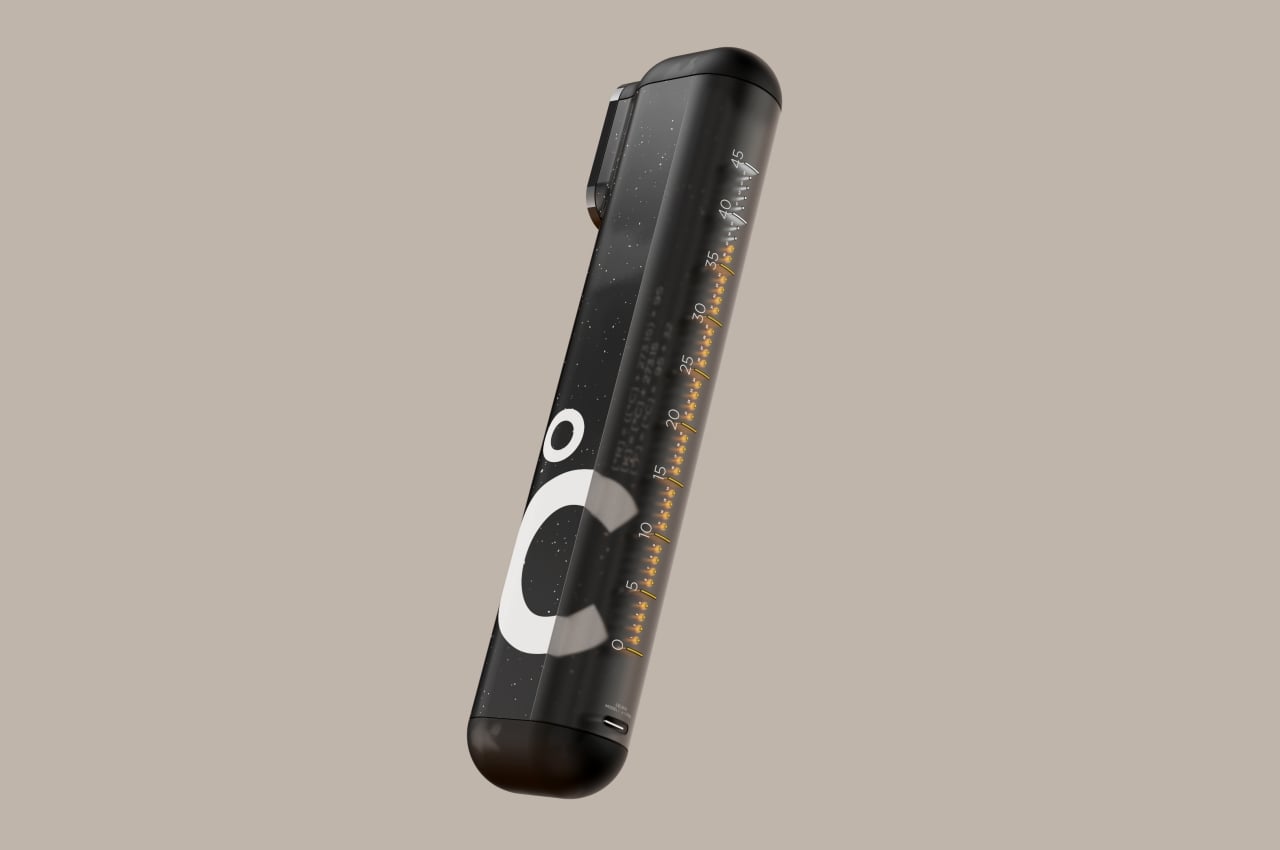
The new coronavirus that struck the world two years ago has changed a lot of things and processes in the medical and health care fields. Although they have been around long before that, digital thermometers, especially those with no-contact features, have surged in popularity and sales during that period. Many of these thermometers have moved away from the traditional and iconic mercury-based thermometers, but THERM°C tries to bring a familiar design to the modern world in a much safer way.
Designer: Manantsoa Razafimandimby
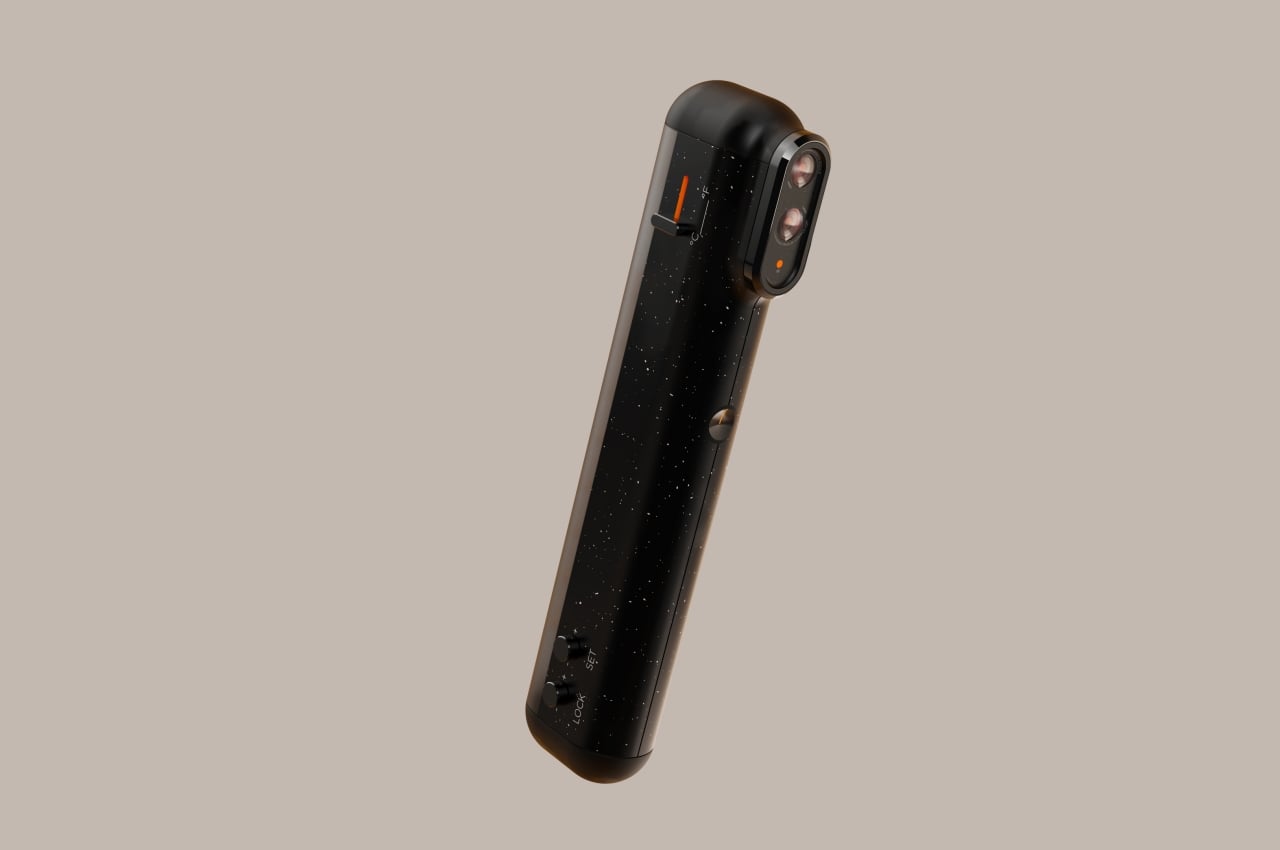
Although some are still in use these days, thermometers that use mercury have long been deemed risky and unsafe for the environment. Their small sizes made them more favorable compared to digital thermometers, but the COVID-19 pandemic and the need for safer methods to get a temperature reading has pushed these analog tools out of the picture. Since then, different designs for digital thermometers have come up, and this one tries to give a nod to its predecessor.
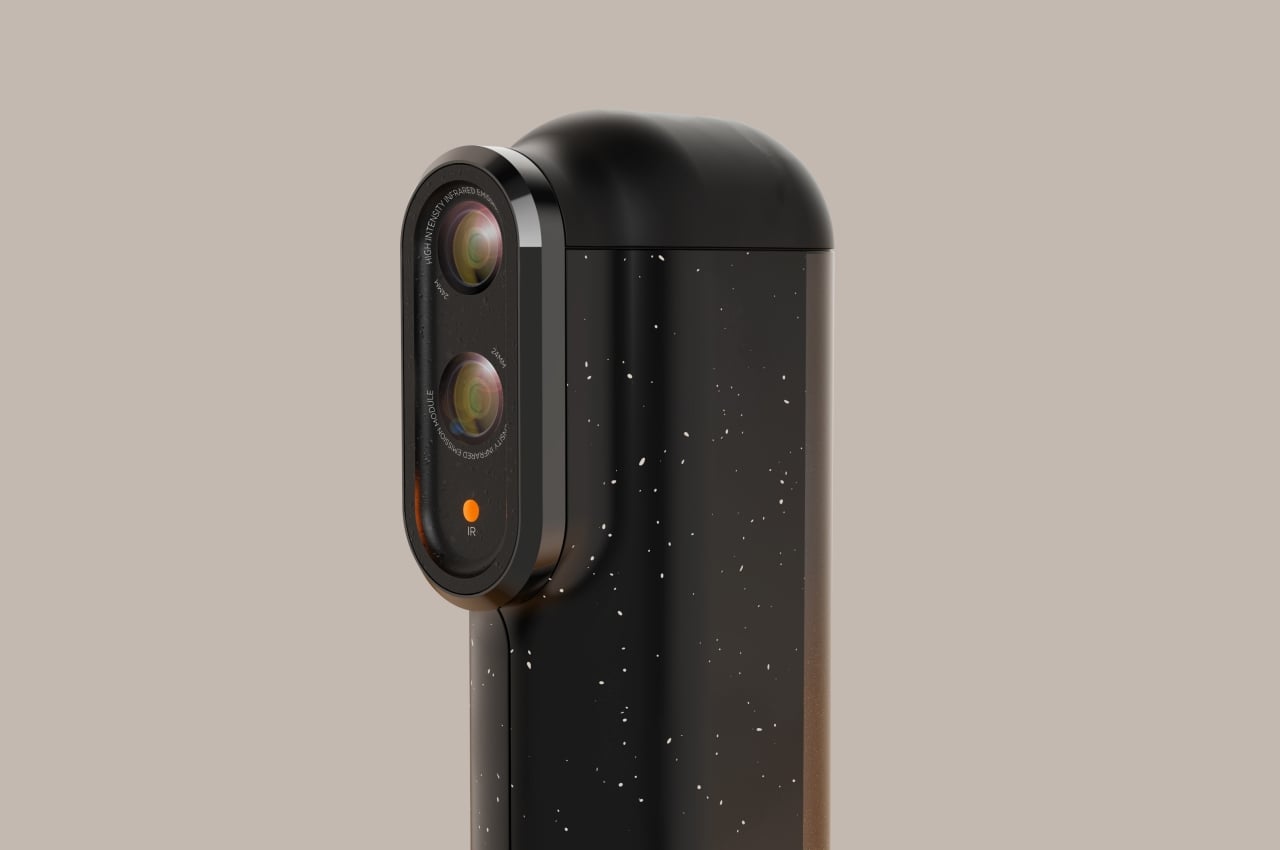
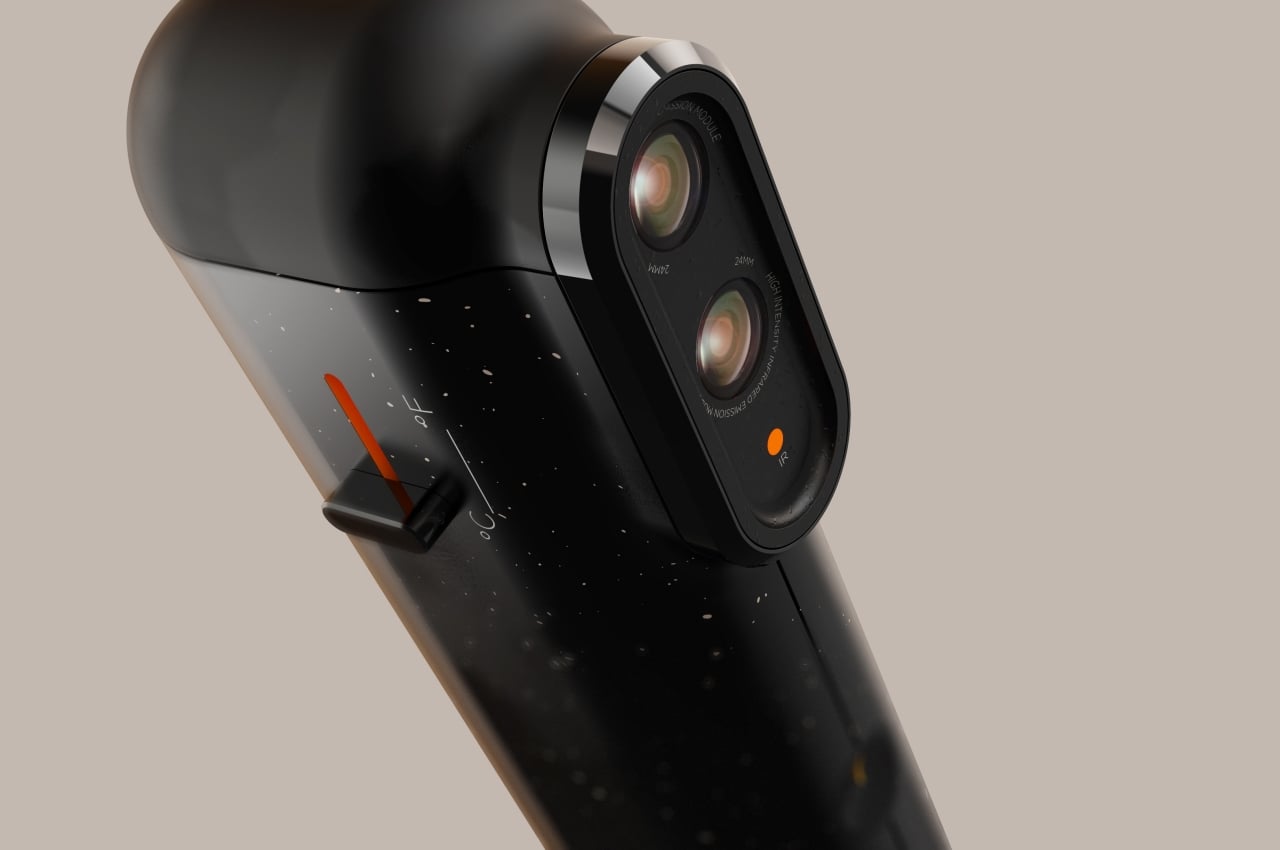
Digital thermometers naturally have more freedom when it comes to design precisely because they’re no longer limited by the material properties of mercury or even alcohol. We’ve even recently seen one that didn’t require batteries, powered only by kinetic energy and built from sustainable materials. This concept isn’t as ambitious, but it is nostalgic.
THERM°C is designed like almost all digital thermometers, held upright with the IR light and sensors at the top to take the measurement. What makes it unique, however, is the graduated ticks on the back of the device, mimicking the same method of measuring temperatures with analog tools, just without the liquid component. Instead of rising mercury or alcohol, LEDs light up that meter.
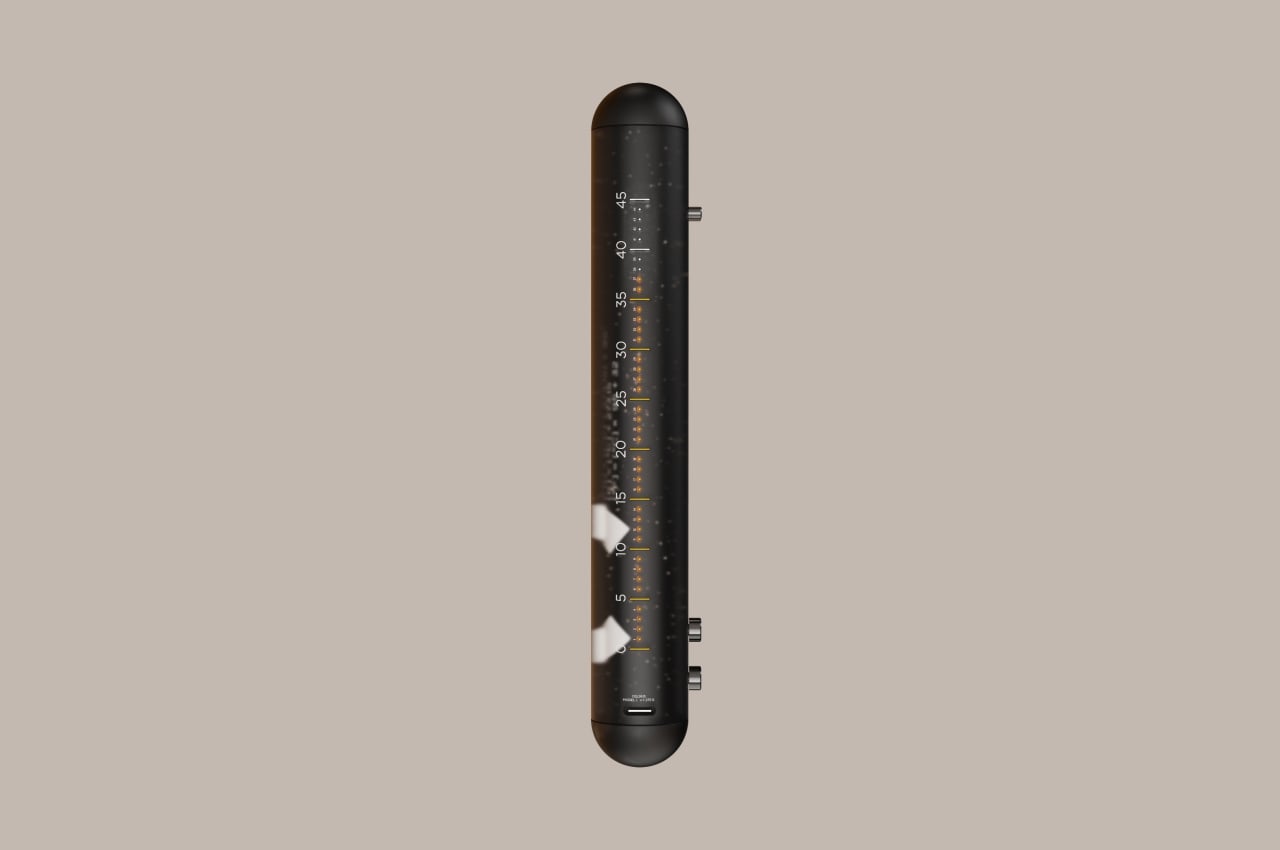
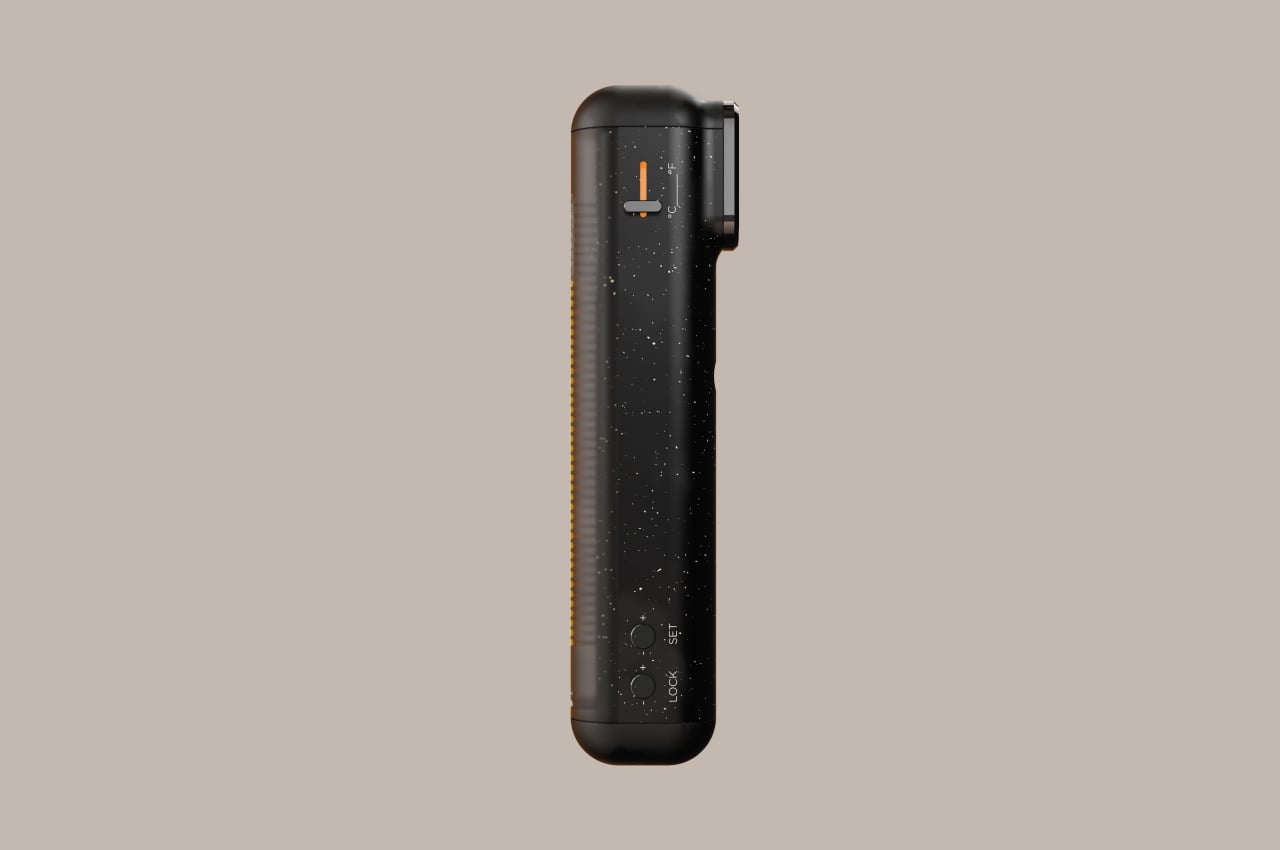
As with most digital thermometers, the design of the THERM°C is meant to be simple to use and doesn’t require a manual. Curiously, there is a switch to change from Celsius to Fahrenheit readings, though it isn’t clear in the concept how these figures will change accordingly. There are also buttons for “Set” and “Lock,” though their exact function isn’t explained.
The digital thermometer charges over USB-C, so this concept won’t be scoring points for sustainability. Then again, this design was envisioned to be nostalgic rather than practical. It might actually take a second or two longer to read off the actual temperature, but the familiar feeling of having a certain margin of error might actually be a bit more appealing and humanizing than typical digital displays.
